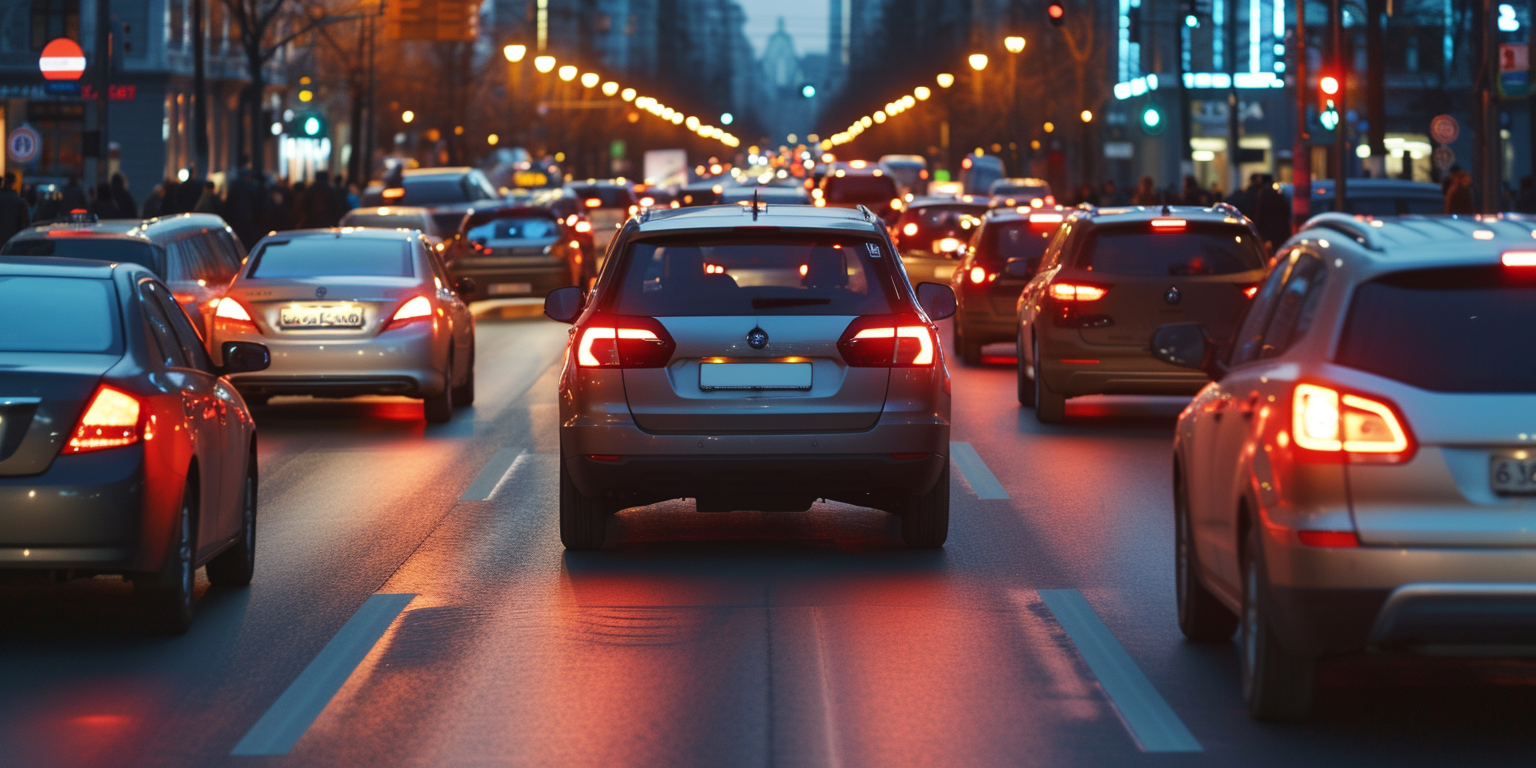The idea of self-driving cars smoothly cruising our streets sounds exciting. We imagine less traffic, fewer accidents, and easier travel. Self-driving cars have the potential to completely change how we get around. But as we get excited about this, there’s an important question we need to think about: Are our cities and roads ready to make sure that people who walk or bike are safe when computers take over from human drivers? Pedestrians and cyclists are really important for making cities healthy and sustainable, and they might be affected the most by this new technology.
Sensor Limitations and the Invisible Pedestrian
One of the big problems is that the sensors self-driving cars use have limitations. They’re good at spotting big things like other cars, but they struggle with smaller, more unpredictable things like people walking or biking. Things like bad lighting, busy streets, and people moving unexpectedly can make it hard for these sensors to see and predict what pedestrians and cyclists might do. This could mean that the cars might not notice someone and accidentally hit them.
Where Bias Meets the Road
Besides sensor problems, there’s also a problem with the way the computer programs in self-driving cars make decisions. These programs are taught using huge amounts of data from past traffic, but this data can have unfair biases. For example, it might reflect how some groups of people drive more than others. This could make the cars prioritize the safety of some people (like young men) over others (like older people or kids). This could make existing inequalities worse and put pedestrians and cyclists who are already vulnerable at even more risk.
Even if the sensors in self-driving cars were perfect and their decision-making was completely fair, our roads still often don’t keep pedestrians and cyclists safe. Sidewalks are too narrow, crosswalks aren’t separate, and there aren’t enough protected lanes for bikes. This means that even the safest self-driving cars could accidentally hit people walking or biking. Plus, because self-driving cars don’t make eye contact or use body language, there’s a communication problem between them and pedestrians or cyclists. This can lead to misunderstandings and make accidents more likely.
To make sure our streets are safe for everyone, we need to focus on a few key things. First, we have to keep improving sensor technology so that self-driving cars can better see and predict what pedestrians and cyclists will do, especially in tricky situations. We also need to keep working on the computer programs in these cars to make sure they’re fair and make good decisions.
Policy and Education for a Safer Future
But it’s not just about the cars. We also need to change how our roads are designed. Cities should make separate lanes just for pedestrians and bikes, and they should have special intersections where people walking or biking are protected from cars. This would make it easier for everyone to see each other and reduce the chances of having to call a bicycle accident attorney. Additionally, self-driving cars could have features like sounds or displays to let pedestrians and cyclists know what they’re going to do, which would help build trust and make interactions safer.
Policy and rules are really important for deciding how self-driving cars are made and used. Governments need to make strict rules that focus on keeping people who walk or bike safe. These rules should cover things like how well the sensors in self-driving cars work, how transparent the computer programs are, and how roads should be designed to make them safer for everyone.
It’s also important to educate the public about how to stay safe around self-driving cars. People who walk or bike and people who use self-driving cars need to know how to share the road safely. They also need to understand what self-driving cars can and can’t do, and why it’s important for everyone to take responsibility for safety.
Self-driving cars give us a chance to rethink how we get around and make things safer and fairer for everyone. But to do that, we need to make sure that people who walk or bike are safe. We can do this by fixing problems like sensor limits, unfair computer programs, bad roads, and communication issues. If we work together and stay focused, we can make sure that self-driving cars become part of a safer, more fair, and inclusive way of getting around. But it’s going to take careful attention, teamwork, and a promise to make sure that nobody gets left behind as we move into the era of self-driving cars.




